生物力学相关产品及科研服务
- 多功能多轴向组织材料力学特性分析仪
- 微纳自动压痕仪
- 3D轮廓测量3D PROFILOMETRY
- 软骨流动电位评估系统
- 组织材料摩擦磨损剪切模量测试系统
- biotester生物材料双轴测试系统
- MicroSquisher多种微力测试分析系统
- UniVert单轴拉伸、压缩和扭力测试分析
- flexercell细胞拉压流体剪切培养仪
- 单层细胞压力加载培养与实时观察分析系统
- TGT三维血管软骨皮肤应力培养系统
- 血管生物反应器
- 肌腱韧带生物反应器
- 软骨生物反应器
- 旋转灌流生物反应器
- 骨组织灌流表型生物反应器
- 皮肤生物反应器
- 凝胶支架种子细胞构建生物组织系统
- 皮肤弹性测试分析仪
- ITI单层细胞静水压力培养系统
- 细胞牵引力显微镜
- 细胞组织力学特性定量分析光镊
- 离体或活体在体骨活体载体压痕测量分析仪
- 高通量细胞力学特性分析流式细胞仪
- 血管血流循环模拟系统
- VCU颅脑损伤仪
- 三维微流控芯片系统
- 更多
BMM 多功能微观生物力学系统之材料组织微力剪切力、摩擦磨损测试分析
型号:MachOne
联系人:李先生
联系电话:18618101725
品牌:加拿大BMM
多功能组织材料生物力学特性、电位分布测试分析表征系统
-多载荷多物理场耦合微观力学性能原位测试系统
- 材料组织微力剪切、摩擦磨损测试分析
剪切shear
剪切试验可用于评估平面剪切或扭转中的材料的剪切模量g。 当在平行于其运动的方向上施加力时,剪切模量表示材料的刚度。 平衡剪切模量G被描述为剪切应变上的剪切应力。 两种配置通常用于确定剪切模量:平面剪切,其遵循横轴(x或y轴)和扭转剪切,其遵循旋转轴。 在平面剪切的构造下,假设样品是一个完美的矩形棱镜,其在应力下具有一个表面,其相对的表面受约束。 在扭转剪切的构造下,假设样品是一个完美的圆柱(惯性矫正力矩可以施加用于其他形状),其顶部和底表面完Quan连接到两个压板(非滑动边界条件)。
摩擦
摩擦测试确定两个表面在接触力作用下相互滑动的难易程度。在这些试验中通常观察到两种主要现象:静摩擦和动摩擦。静摩擦力是阻止物体从静止状态移动的力,而动摩擦力是当两个表面已经在运动时作用在它们之间的力。使用垂直平台施加法向力,其他平台施加旋转或平移运动,由BMM 开发的软件允许您轻松确定摩擦系数和测试中涉及的力。摩擦测试的目的涵盖了一个很大的兴趣领域。例如,测试一种新型润滑剂的有效性或比较两个样品的表面性质。
压痕亮点特点
1、力范围跨度大:uN到250N
2、可以测试软骨和隐形眼睛摩擦力
3、产品成熟,文献量大(数百篇)
4、多力偶联测试,如测量旋转中两个软骨表面之间的摩擦系数

5、微力测试隐形眼睛摩擦测试


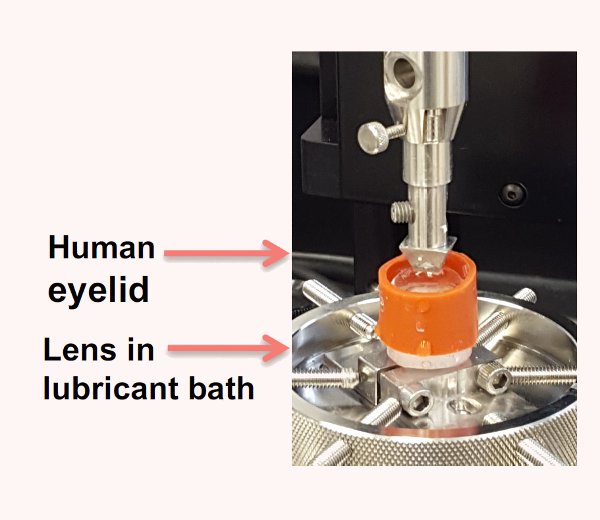
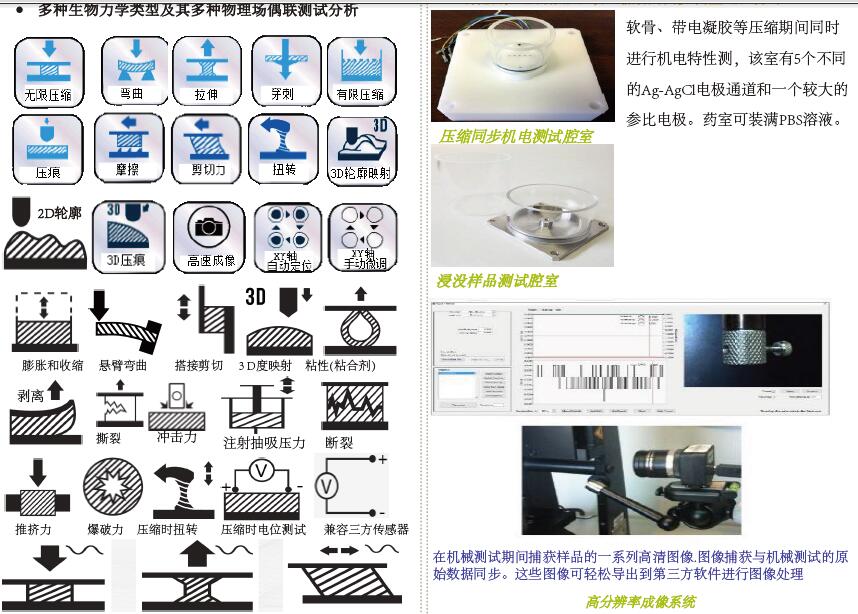
该系统是能集成压缩、张力、剪切、摩擦、扭转和2D/3D压痕、3D轮廓及多力混合耦连测试的一体化微观力学测试装置。能对生物组织、聚合物、凝胶、生物材料、胶囊、粘合剂和食品进行精密可靠的机械刺激和表征。允许表征的机械性能包括刚度、强度、模量、粘弹性、塑性、硬度、附着力、肿胀和松弛位移控制运动。
特点
1、适用样品范围广:
1.1、从骨等硬组织材料到脑组织、眼角膜等软组织材料
1.2、从粗椎间盘的样品到j细纤维丝
2、通高量压痕测试分析
2.1、三维法向压痕映射非平面样品整个表面的力学特性
2.2、48孔板中压痕测试分析
3、力学类型测试分析功能齐
模块化集成压缩、张力、剪切、摩擦、扭转、穿刺、摩擦和2D/3D压痕、3D表面轮廓、3D厚度、粘合、塔接结合力等各种力学类型支持,微观结构表征及动态力学分析研究
4、高分辨率:
4.1、位移分辨率达0.1um
4.2、力分辨率 达0.025mN
5、 行程范围广:50-250mm
6、体积小巧、可放入培养箱内
7 、高变分辨率成像跟踪分析
8、多轴向、多力偶联刺激
9、活性组织电位分布测试分析
10、产品成熟,文献量达 上千篇
该微观力学测试分析与培养系统初该系统为软骨力学性能检测所研发,此后集成了多种配置以满足更多生物组织和软质材料力学性能的测量和评估。该仪器卓越性能特点--模块化设计,简易操作平台,面向用户设计,广泛应用于生物材料检测,高分子材料检测以及数字教学等领域,产品得到了业界广泛的认可和推广。该系统
相比于传统的大型力学测试系统,该微观力学测试系统总体较小,可以实现桌面化的操作流程,操作过程简便。该系统测试方法面,是多样化的材料力学表征工具,是科学家、工程师和其他各领域用户的佳选择。在动态力学分析、薄膜、复合物、聚合物、生物产品、医学鉴定和水凝胶等领域都有广泛应用。
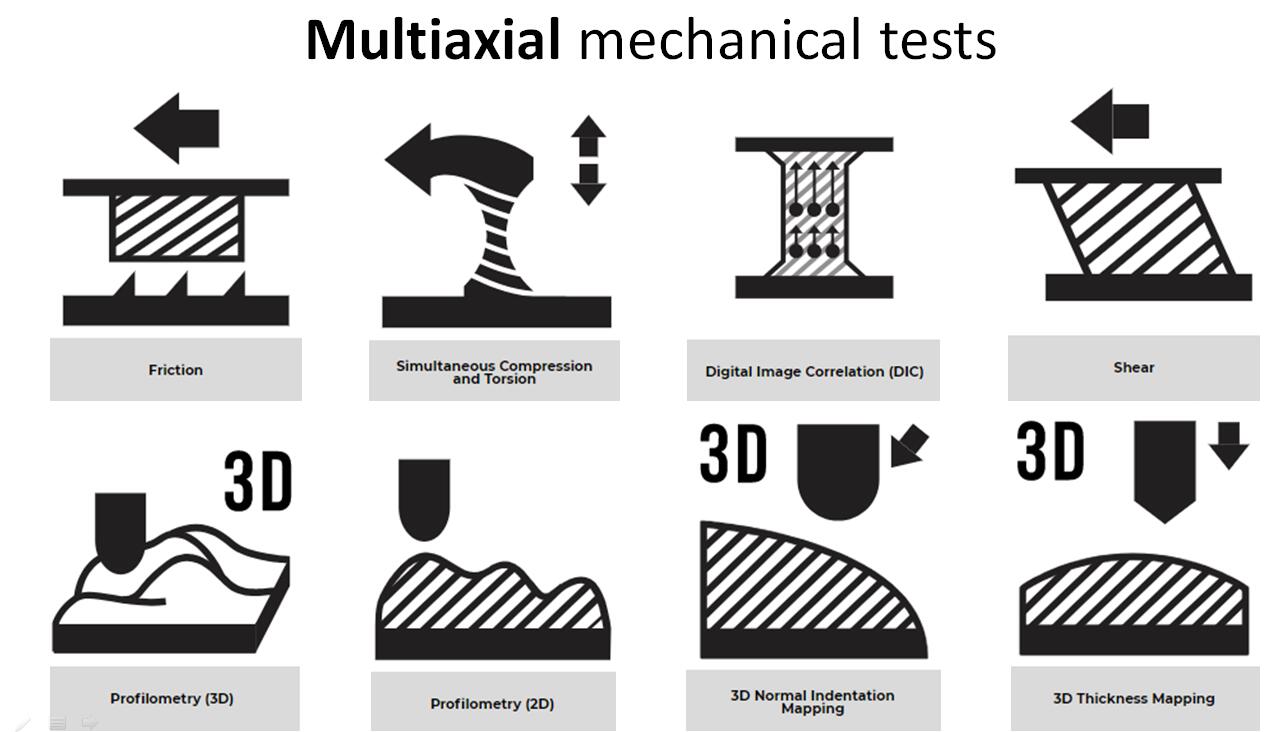
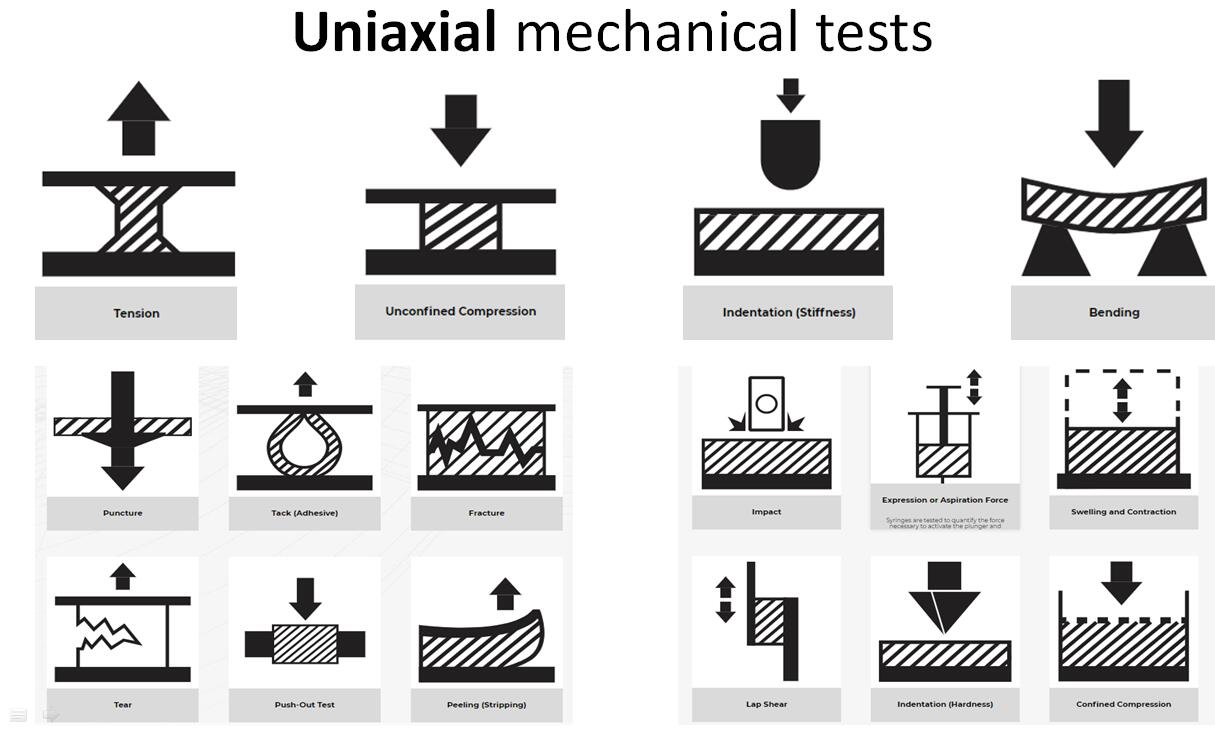
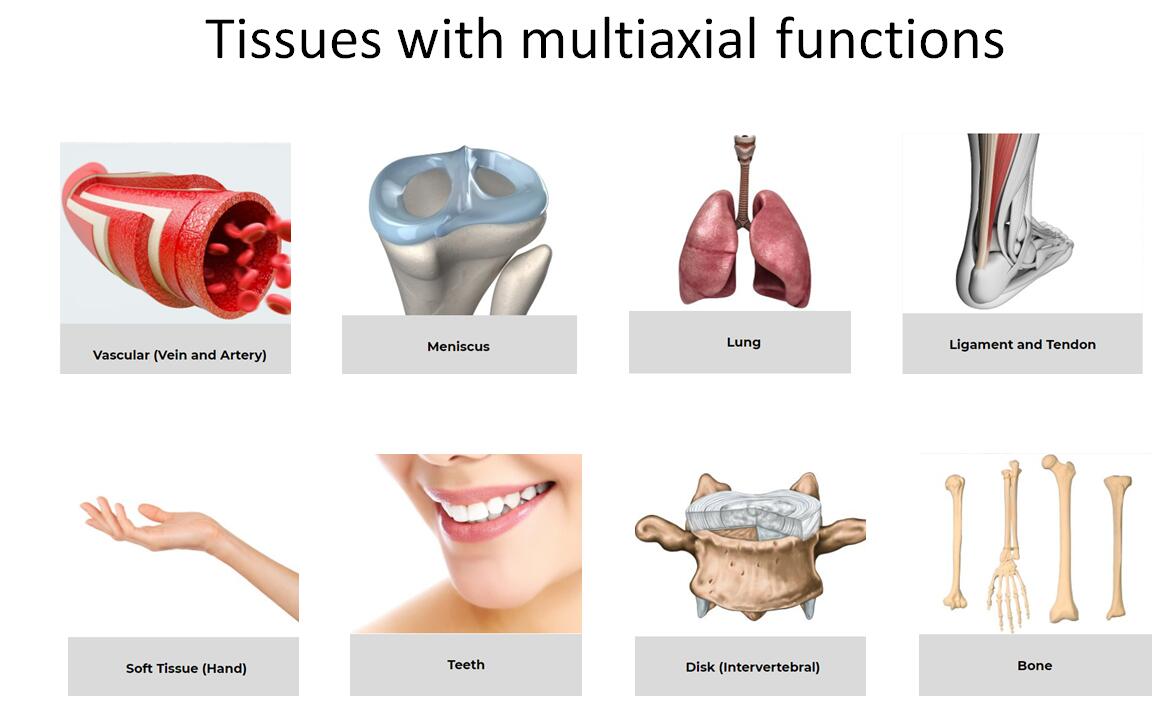
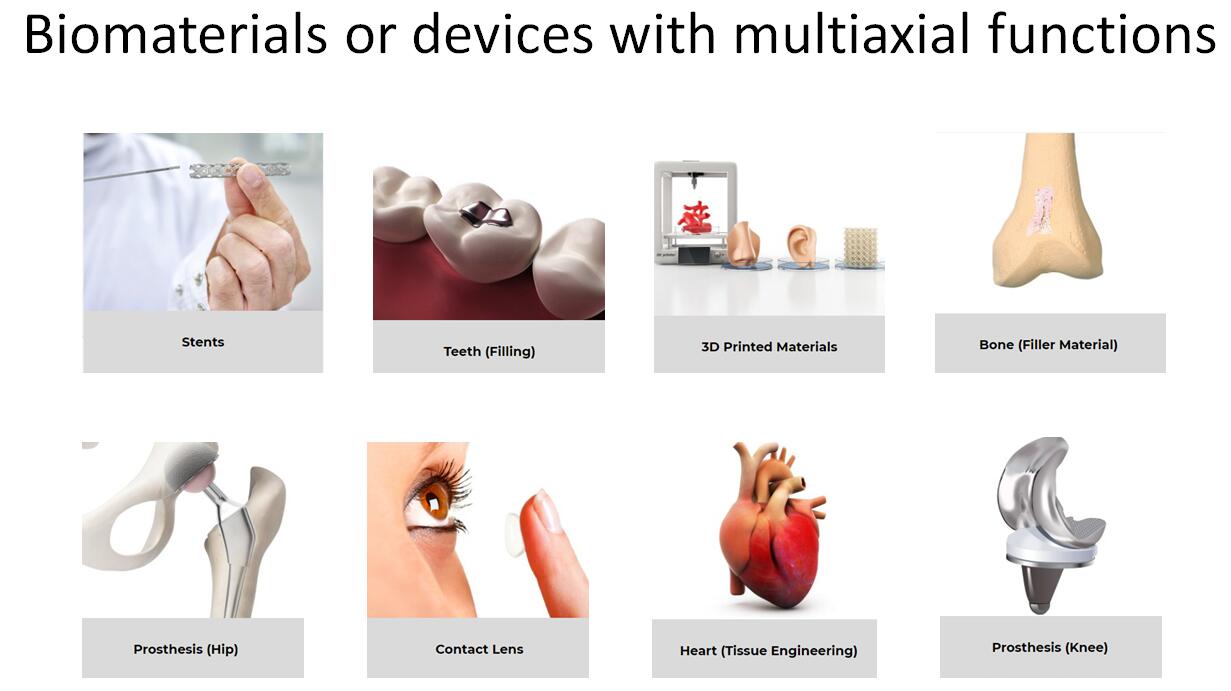
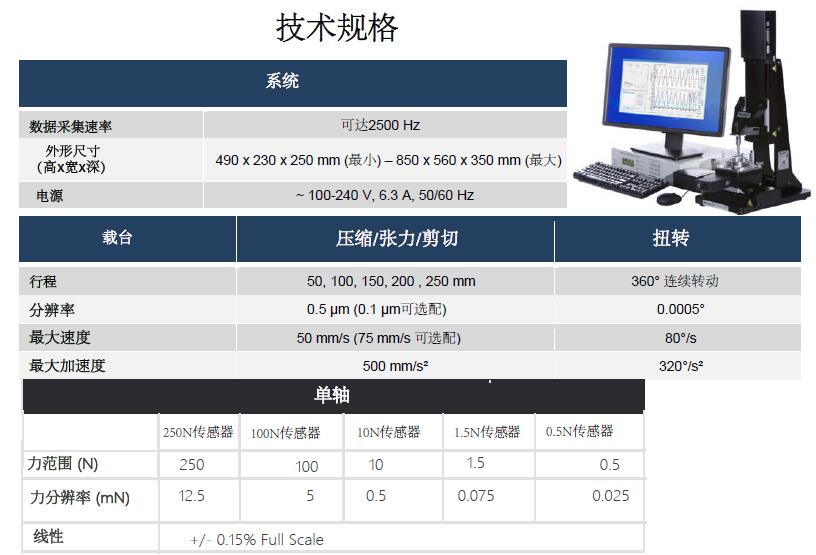
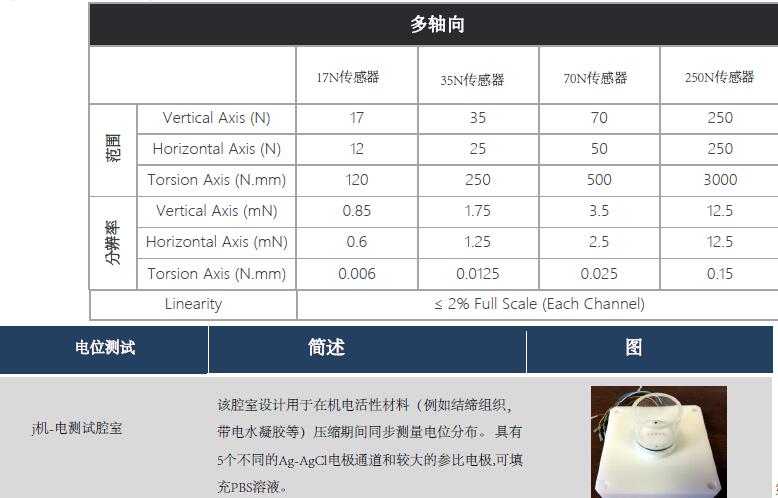
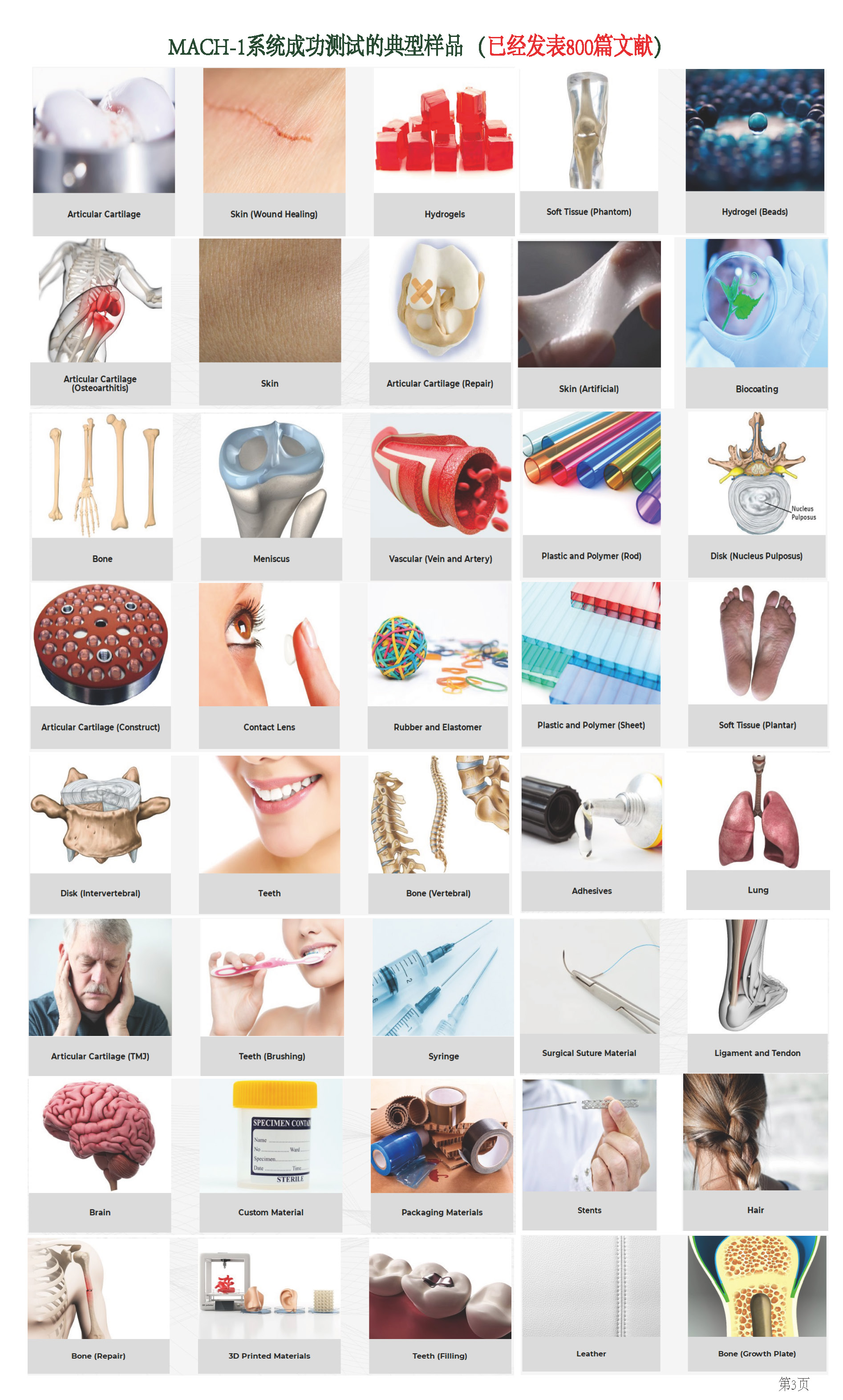
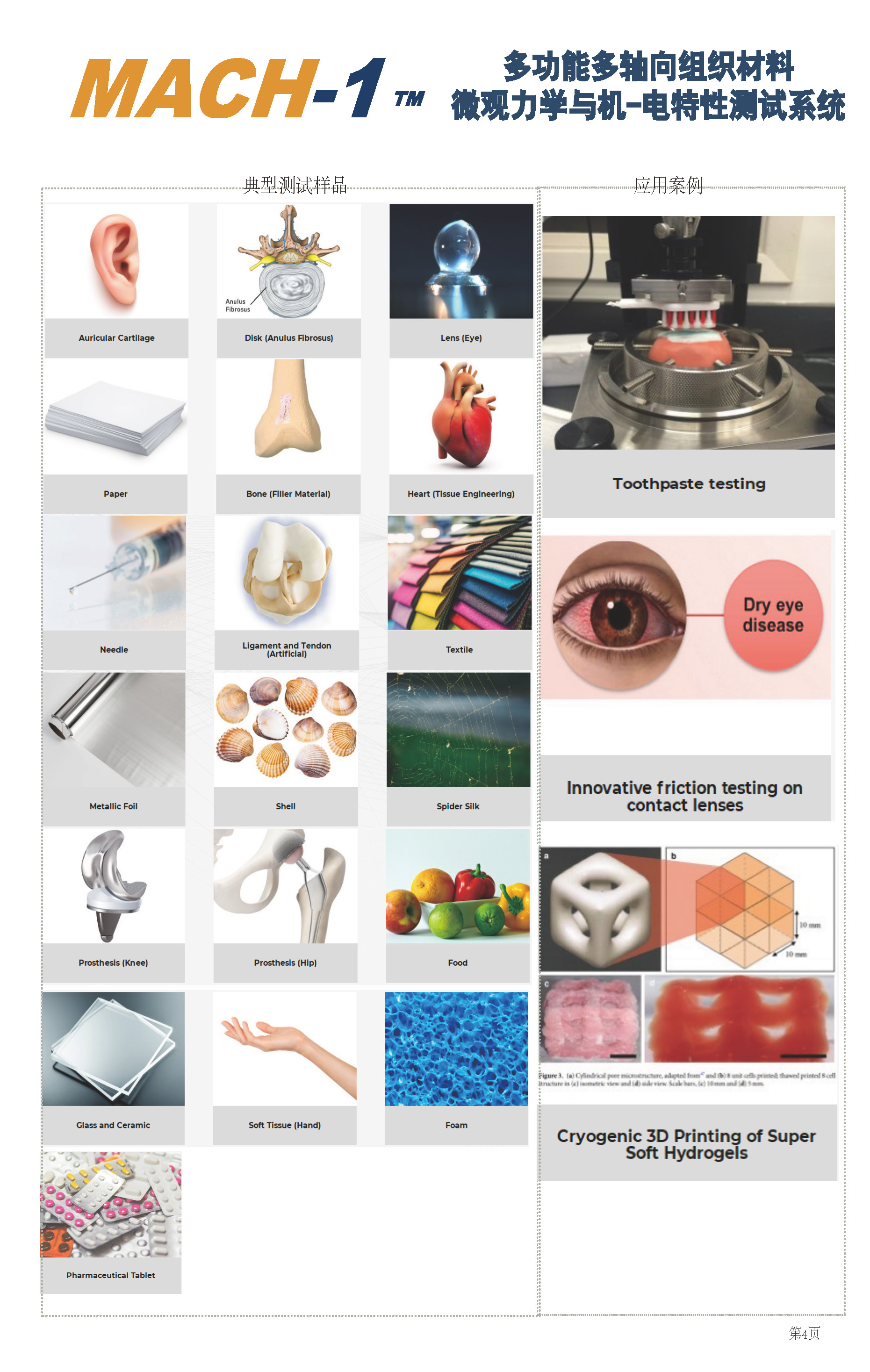
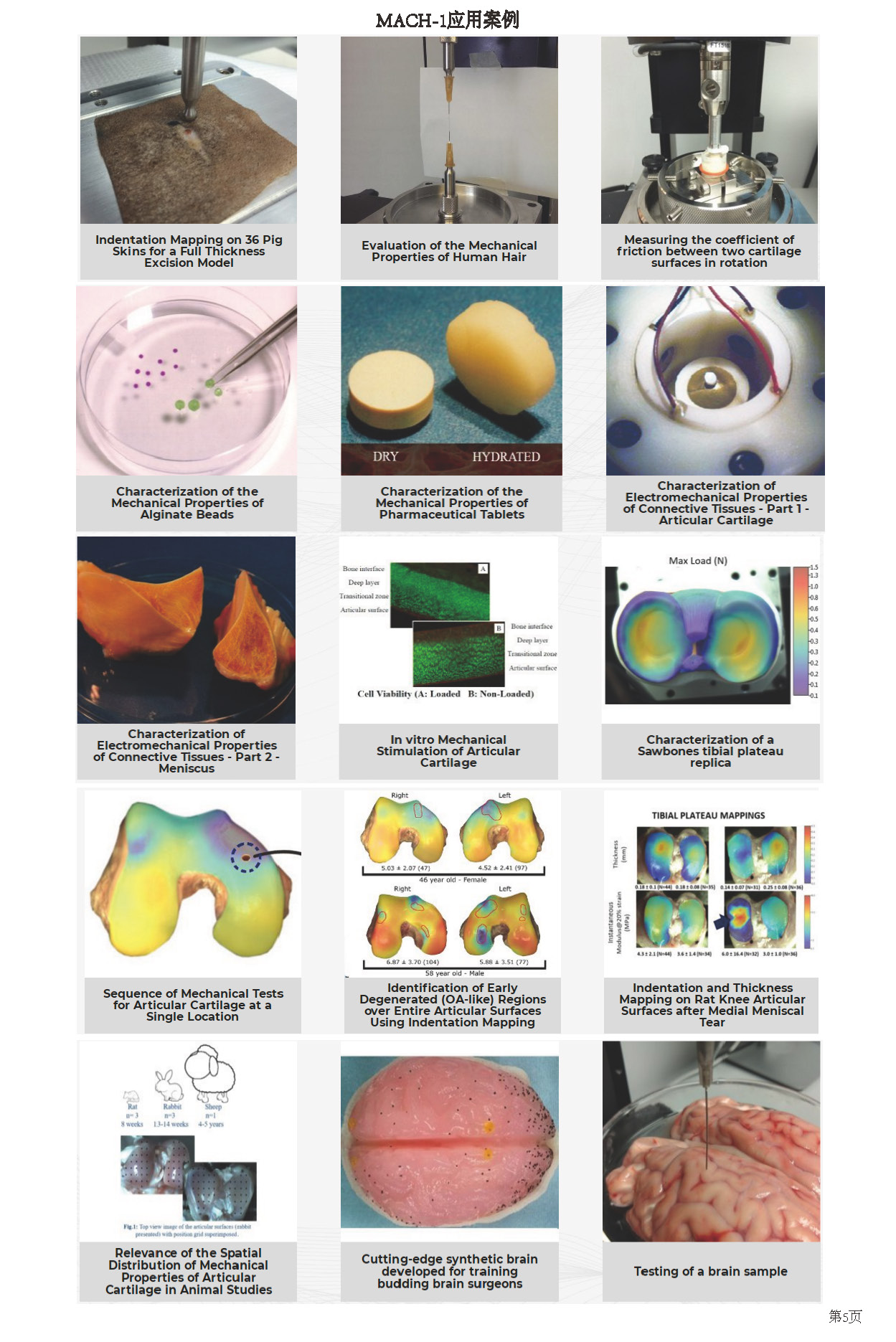
摩擦典型文献参考
4.1 Measurements of frictional properties may be made on a film or sheeting specimen when sliding over itself or over another substance. The coefficients of friction are related to the slip properties of plastic films that are of wide interest in packaging applications. These methods yield empirical data for control purposes in film production. Correlation...Read More
This specification covers the material requirements and characterization techniques for glass and glass-ceramic biomaterials intended for use as bulk porous or powdered surgical implants, or as coatings on surgical devices, but not including drug delivery systems. Glass and glass-ceramic biomaterials should be evaluated thoroughly for biocompatibility before human use....Read More
This guide is aimed at providing a range of in vivo models to aid in preclinical research and development of tissue engineered medical products intended for the clinical repair or regeneration of articular cartilage.
This guide includes a description of the animal models, surgical considerations, and tissue processing as well as the qualitative and quantitative...Read More
This procedure describes a standard method to realize a friction test on a cartilage disk or an osteochondral using the MachOne TM mechanical tester.
This procedure can be used for the ex vivo friction test using a planar sliding method on a cartilage disk or an osteochondral...Read More
This procedure describes a MatLab-based method to extract mechanical parameters from the MachOne result files generated following friction testing on a cartilage disk or an osteochondral as per MA056-SOP08-D.
Scope
This procedure based on a MatLab code can be applied using any MachOne result file obtained following a planar friction...Read More